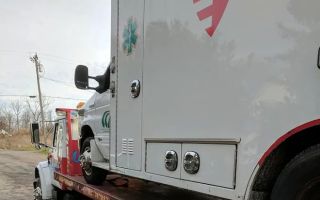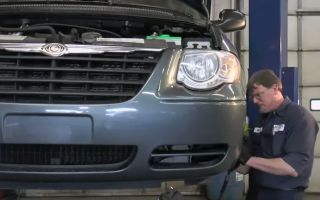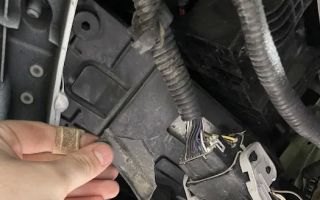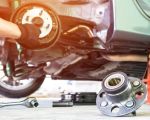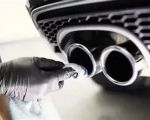Roadside Assistance for Tire Blowouts: How to Handle and Prevent Them
- Understanding Tire Blowouts
- What to Do in Case of a Blowout
- How to Prevent Tire Blowouts
- Choosing the Right Roadside Assistance Service
1. Understanding Tire Blowouts
A tire blowout is one of the most frightening experiences you can face while driving. Unlike a flat tire, which gradually loses air, a blowout occurs suddenly and can cause you to lose control of the vehicle. Tire blowouts often result from excessive wear, underinflation, or sharp objects puncturing the tire, but they can also happen due to poor driving conditions.
It’s crucial to recognize the symptoms of an impending tire blowout. Often, the first sign is a sudden and loud popping noise followed by a rapid loss of air. This typically happens when driving at higher speeds, increasing the risk of accidents. Understanding what causes tire blowouts can help you prevent them in the future.
2. What to Do in Case of a Blowout
If you experience a tire blowout while driving, your first reaction should be calm and composed. Panicking can make it harder to maintain control of your vehicle. Here's a step-by-step guide on how to handle the situation:
- Keep a firm grip on the steering wheel. As the tire deflates, you might feel the car pulling to one side. Resist the urge to brake suddenly.
- Gradually reduce your speed. Slowly take your foot off the gas pedal and let the car slow down naturally.
- Find a safe spot to pull over. Try to steer the car to the side of the road, away from traffic. Avoid stopping on the highway or in dangerous areas.
- Turn on your hazard lights. Alert other drivers of your situation and increase visibility.
- Contact roadside assistance. If you're unable to change the tire yourself or need immediate help, reach out to a reliable roadside assistance provider.
3. How to Prevent Tire Blowouts
Prevention is key when it comes to tire blowouts. Here are some important tips to reduce the risk of experiencing one:
- Check tire pressure regularly. Underinflated tires are more likely to blowout. Make sure your tires are inflated according to the manufacturer’s specifications.
- Inspect your tires for wear and damage. Look for cracks, punctures, or visible bulges, as these can be indicators that a blowout is imminent.
- Avoid overloading your vehicle. Overloading puts extra strain on your tires, making them more vulnerable to damage.
- Drive at safe speeds. Speeding increases the chances of a blowout, especially in hot weather conditions.
Regular tire maintenance and inspections can help you catch small problems before they turn into major issues, ensuring your safety on the road.
4. Choosing the Right Roadside Assistance Service
While preventing tire blowouts is the best course of action, it's always good to be prepared with a reliable roadside assistance service. Here's what you should consider when choosing the right provider:
- Response time. Look for a service with a quick response time. A company like Rescue & Towing ensures fast arrival times, so you're never stuck waiting for too long.
- Comprehensive services. Ensure that the roadside assistance company offers tire repair, replacement, and towing services in case of an emergency.
- Customer reviews. Check reviews and testimonials to gauge the quality and reliability of the service.
- 24/7 availability. Emergencies don’t happen on a schedule. Make sure your chosen service is available around the clock, especially during holidays or weekends.
At Rescue & Towing, you can count on fast, expert help when you need it most. Whether you're dealing with a flat tire, tire blowout, or other roadside emergencies, our team is just a phone call away.


